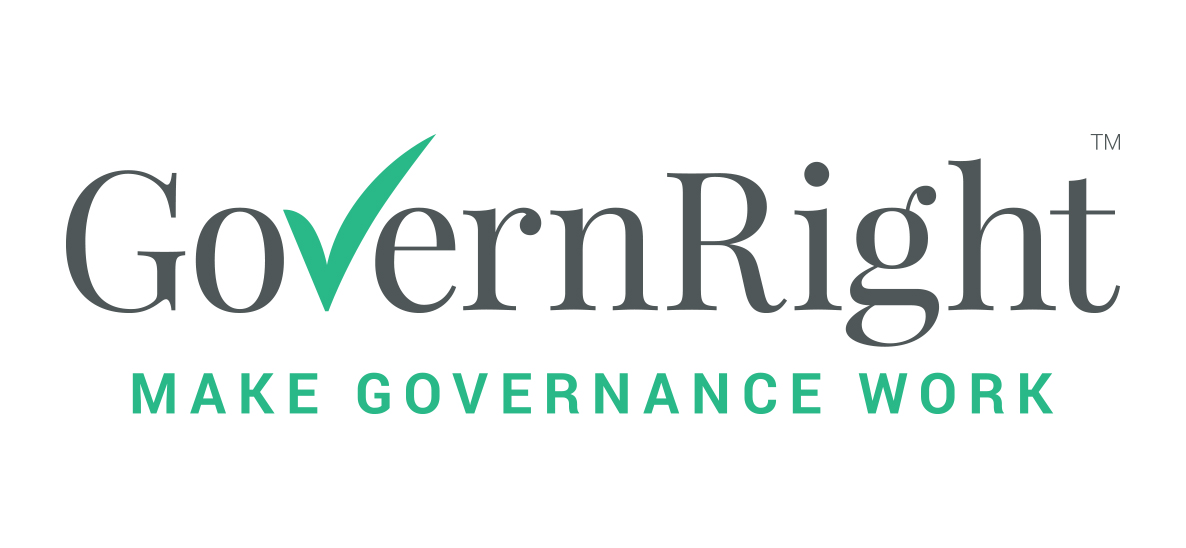Over decades of experience working with Boards to build better governance and reporting frameworks, there is one common challenge we have observed.
Directors often understand the why and what of governance but struggle with the How. How do I take the theory of good governance into practice?
It shows up time and time again in one or more of these Nine Warning Signs of Poor Governance.
And poor governance can lead to misdirected energy, wasted efforts and poor outcomes for the organisation.
1. Mountainous Board Reports focussed on activity
If there is one clear warning sign that governance is misunderstood, it is the board report. Too many are volumes of long detailed functional reports about activity. A proper board report focuses on outcomes and highlights the governance areas to be addressed. Ensuring that boards are informed, have oversight, and deploy resources.
2. Decisions based on yesterday and today
Activity-focussed reporting descends into conversations about operational or management matters. About what ought to have happened at a technical level. Rather than dealing with the issues that arise from the three lenses of Modern Governance: growth, change, and risk.
Today is just reassurance “we’ve got this”. The more appropriate focus is next month, next year.
3. A CEO, looking for guidance, finds themselves setting the agenda
This leads to a focus on operational activities, and what the CEO thinks the board should focus on. Which may or may not coincide with the governance and strategy issues facing the organisation.
4. A focus only on currently identified risks
Whilst this is important it misses the strategic and emerging risks in the market.
Too many boards focus on just what’s in front of them, rather than looking out.
5. Unclear measurement
There is often a poor link between the risk being undertaken and the return it is expected to deliver. Even more rare is to go back and review the actual returns from major projects.
Without that clear line of sight, one of the Board’s key governance tasks, to oversee resource deployment, is vulnerable.
6. Low value-add from Board members
Too often board members, especially in their areas of subject matter expertise, delve into operational detail. Understandably they are eager to show their value, but that is their role is to oversee not operate the business.
7. Poorly prepared Board members
Too often Board members access their papers the night before, or the morning of the board meeting.
That is not enough time to give full consideration to the issues raised in the papers. Oversight is a serious role that stakeholders have entrusted to the Board Members, who need to treat it as such.
8. Not engaging when needed
Major issues arise in an ad hoc way, not according to the board meeting schedule. Board members must be ready to convene at short notice. To discuss and decide business critical issues as they occur.
9. Poor link between strategy and risk
Strategy is focussed on delivering the long-term sustainability of the organisation, and necessarily it is based on assumptions. Yet strategies implicitly carry risk. Too often there is a poor link between the two.
If one or more of these symptoms ring true, then come on the GovernRight Path to Modern Governance. To understand the How. How you can embed effective governance in your organisation.
The perfect starting point is to book your team into a GovernRight Aware Workshop, to
Understand the challenges of modern governanance
Start your journey to Build and Embed a Modern Governance and Reporting Framework to meet those challenges.
Click here to learn more about our Aware Workshops.

